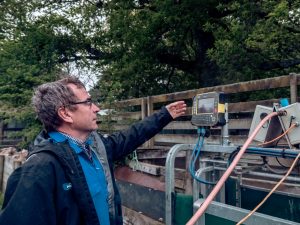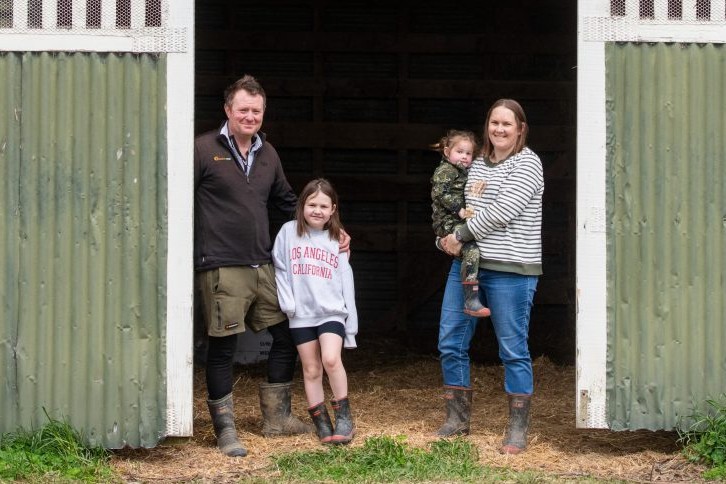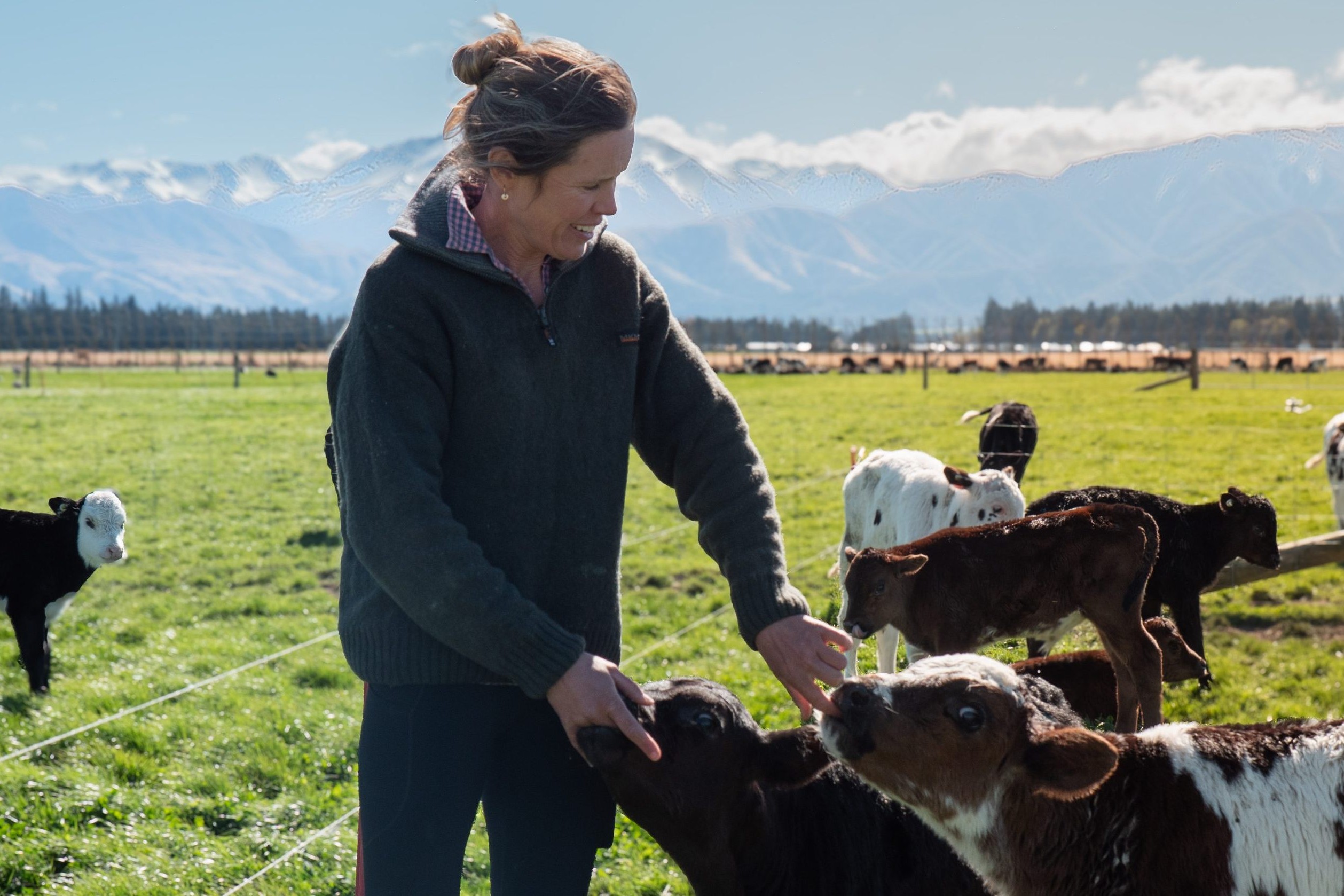Weaning check impacts lamb cheque
Weaning is a critical period for lamb growth rates. They can easily falter if not timed correctly. Andrew Dowling, Technical Expert – Animal Health at PGG Wrightson, offers practical solutions to help avoid a weaning check that doesn’t bounce in your back pocket. Words Sarah Perriam-Lampp.

Determining the optimal time to wean can make all the difference to the future performance and health of a sheep flock for the ewes and the lambs. Weaning too late or under stress can lead to a growth check in both that may take weeks or even months to recover from.
“Where your growth rates are in your lambs, in the weeks leading up to weaning, are going to have a major impact on their performance after weaning,” explains Andrew Dowling, Technical Expert – Animal Health at PGG Wrightson.
So how do you know when it’s the right time? Andrew advises the answer is rarely a simple date on the calendar, but instead, an informed decision that weighs up a combination of ewe condition and your current feed on hand.
“The right time to wean is when lambs are still gaining weight.” – Andrew Dowling, Technical Expert – Animal Health, PGG Wrightson
“You want to know what your lamb growth rates are doing leading up to weaning – if they are buttoning off, that’s a red flag,” says Andrew, “The right time to wean is when lambs are still gaining weight.”
He says weighing some lambs provides an objective measure of progress and doesn’t rely solely on how they look. Seeing growth rates start to plateau signals that the current feed supply is reaching its limit or that the lambs are nearing the maximum benefit of remaining on their mothers.
Weaning can also be a trade-off between lamb growth and ewe recovery.
“If your ewes and lambs are competing for feed, you’re impacting lamb growth rate, but you’re also impacting crucial ewe body condition, which is going to take a lot of feed to catch up on in the Autumn when you might not have it.
“If you run your ewes too hard,” Andrew says, “You risk a knock-on effect for next year’s lambing too.” He urges that the work starts with strategic feeding and planning and putting the groundwork into your ewes during lactation to wean a heavier lamb and a healthier ewe.

“Put your hands on some ewes. If their condition is dropping faster than you think you can recover later, it may be time to wean early and focus on putting your ewe recovery first.”
Uncertain weather patterns and crop readiness to transfer lambs onto can be out of your control, but he says there is still time in November to put in a summer crop if you are worried you’ll run short.
“Younger lambs require the highest-quality feed to minimise the weaning check.”
Transitioning lambs onto new feeds should be gradual. He suggests introducing ewes with lambs at foot to a new forage crop first, and only removing the ewes after a couple of days. He says this helps lambs adapt to new diets, minimising the weaning check.
Feed availability is also a key determinant of weaning timing. Andrew explains that if grass covers are declining or feed budgets show a looming pinch, it’s wiser to consider weaning before quality or quantity deteriorates too far.
He says selecting the right high-quality, high-protein crops for pre-and post-weaning for lamb grazing can be the difference in success. “Before you put a forage crop in, talk to an agronomist and figure out when your feed hole is and then choose the right crop that fills your hole,” advises Andrew.
He also suggests that not every lamb needs to be weaned at once. “Break up your weaning and wean mobs in stages, starting with hoggets, then two-tooths then your lighter ewes.”
For all your drench and animal health supplies, visit store.pggwrightson.co.nz




